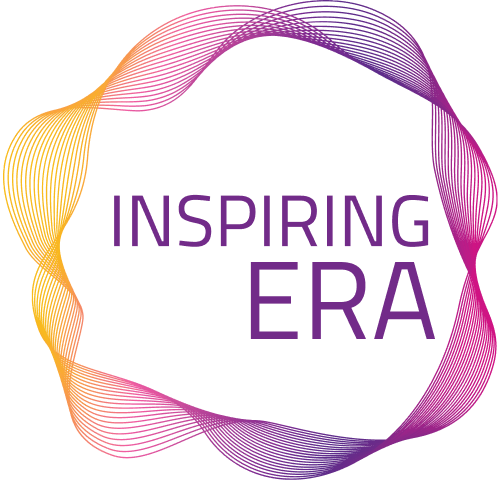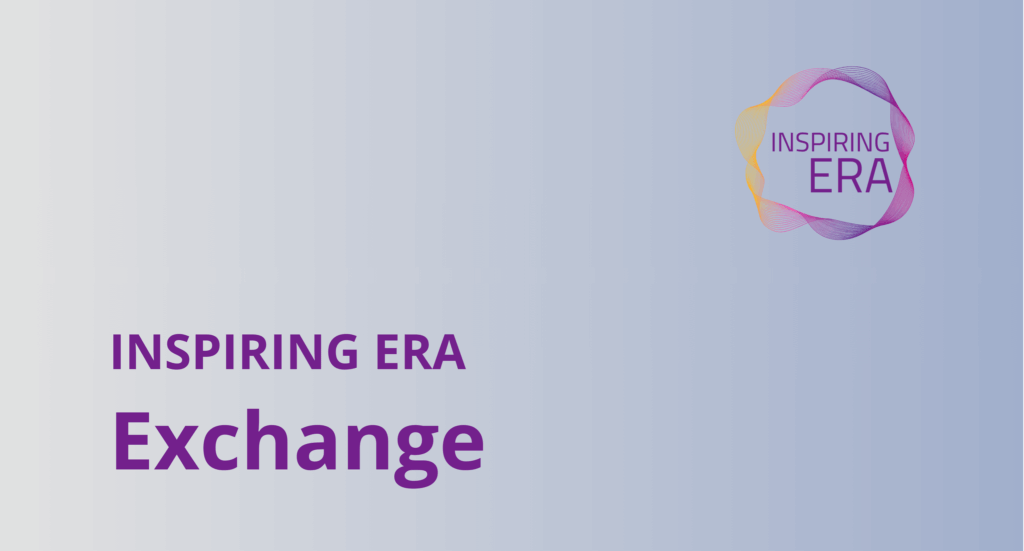Bringing Science Closer to Citizens: Insights from the INSPIRING ERA Exchange
Berlin, 3 December 2024 – Public engagement is now a central pillar of European research policy. But how can its impact be measured? And how can successful approaches be scaled across Europe? These questions guided the INSPIRING ERA Exchange on ERA Action 14: Bringing Science Closer to Citizens, hosted at DLR Projektträger in Berlin.
The event brought together around 30 participants from across Europe: researchers, early-career scientists, policymakers, NGOs, think tanks, and cultural institutions. Their discussions revealed both persistent barriers and promising solutions to making engagement meaningful and measurable.
Setting the Scene
The European Commission representative opened with a reminder that bringing science closer to citizens is not an abstract goal but a practical necessity. Initiatives like EUCYS, EU TalentOn, and “Science Comes to Town” have shown what is possible, yet their long-term effects remain difficult to capture. “We need to strengthen the links between science and society and engage younger generations,” she stressed, adding that systematic impact evaluation is still missing.
Mhairi Stewart (Berlin School of Public Engagement / Museum für Naturkunde) challenged participants to widen the lens of evaluation. Engagement, she argued, should also be measured in terms of its impact on researchers themselves—career development, reputation, and transferable skills. Ignoring these internal benefits perpetuates the perception that engagement is a distraction rather than an integral part of scientific work.
Julia Panzer (Wissenschaft im Dialog) emphasised that evaluation must be built into projects from the start. Without clear goals and tailored methods, efforts often result in generic surveys that yield little useful evidence. She stressed the value of practical tools, such as online platforms and information cards, that make data collection and comparison easier.
Cordula Kleidt (German Federal Ministry of Education and Research) placed engagement in the broader geopolitical context: “In times of instability, society needs to be part of science. Participation is not an add-on, it is a necessity.” She pointed to examples where participatory approaches strengthened resilience and public trust in research, underscoring why structured impact measurement matters.
Challenges on the Ground
Despite growing momentum, participants identified several persistent and interlinked challenges:
- Defining “impact” consistently
- Citizens, scientists, and policymakers each mean something different when they talk about “impact.”
- For citizens, it may mean increased trust or literacy; for researchers, publications and citations still dominate; for funders, societal change or economic benefit is the measure.
- This lack of a common vocabulary makes comparisons across projects nearly impossible and fuels scepticism among researchers.
- Attribution of outcomes
- Many engagement activities run alongside other initiatives, making it difficult to prove which effort produced which result.
- Policymakers are often unconvinced without clear attribution, while researchers question whether engagement data are “scientifically solid.”
- Evaluation gaps in projects
- Engagement is frequently bolted onto projects rather than integrated from the beginning.
- Short project cycles (typically 24–36 months) mean evaluations stop just as impacts might begin to show.
- Without comparative data collected over time, findings are anecdotal rather than evidence-based.
- Reluctance and reputational concerns among researchers
- Many scientists remain hesitant to engage because they do not see career benefits.
- Some even fear that public engagement might damage their academic reputation if seen as “soft” or peripheral to “real” research.
- The educational benefits—such as teaching experience, improved communication, and broader reputation—are rarely documented or rewarded.
- Resource and skills constraints
- Evaluation requires a mix of competencies—project management, communication, social science methods—that many research teams lack.
- Early-career researchers are often most motivated to engage, but least supported with funding, mentoring, or institutional recognition.
- Even where tools exist, awareness and uptake remain low.
- Trust and complexity of measuring societal outcomes
- Building public trust in science is seen as a central goal, but it is multidimensional and not easily reduced to survey scores.
- The challenge is not just measuring knowledge gain but capturing changes in attitudes, behaviours, and relationships over time.
- Fragmentation across Europe
- Participants noted the lack of synergy between national efforts.
- Without a platform to integrate insights and methods, many projects remain isolated, and knowledge is lost after funding ends.
Pathways Forward
Despite these challenges, several promising directions emerged:
- Develop a European framework for defining and measuring impact, with adaptable indicators.
- Integrate evaluation early using comparative data, demographic analysis, and even sentiment analysis to track reactions.
- Support researchers structurally, making engagement a recognised part of academic careers through mentoring, training, and accountability for public funds.
- Provide long-term funding, beyond short project cycles, to allow proper tracking of results and impacts.
- Promote good practices visibly, to counter reputational barriers and inspire more researchers.
- Strengthen collaboration across Europe, creating a platform for sharing methods, results, and lessons learned.
Why It Matters
The Exchange made clear that public engagement is not a peripheral activity—it is integral to the future of science in Europe. Measuring its impact is difficult, but without evaluation, engagement risks being undervalued or dismissed.
As one participant summed it up: “We need to stop treating engagement as a nice gesture. It is integral to how science works.”
By connecting practical insights with European policymaking, INSPIRING ERA ensures that ERA Action 14 moves beyond ambition to become a measurable, meaningful, and sustainable practice.


